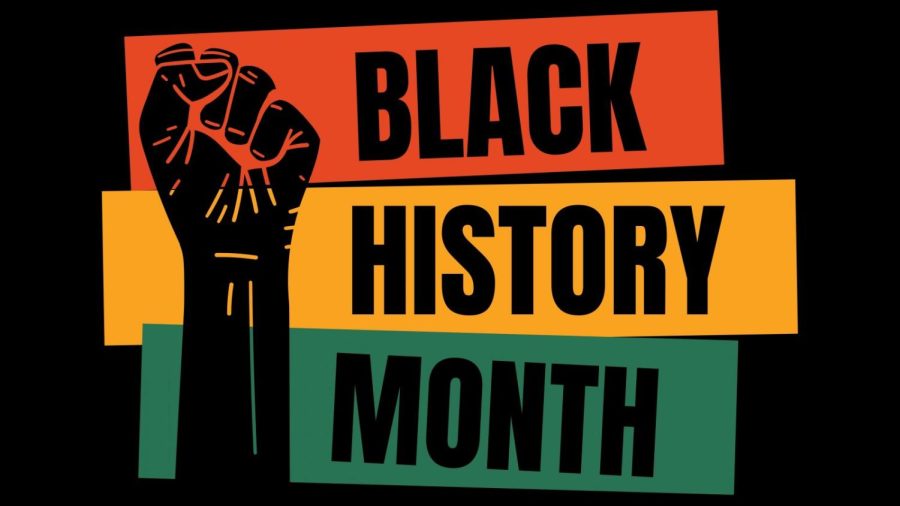The History of Black History Month
Black History Month has been celebrated in America annually for nearly 50 years.
For nearly 50 years, every February in the United States has been dedicated to celebrating the achievements of African Americans and recognizing their central role in U.S. history. This celebration, known as Black History Month, honors the contributions and legacy of all African Americans, including civil rights pioneers and activists like Harriet Tubman, Marcus Garvey, Malcolm X and Martin Luther King Jr, as well as leaders in industry, culture, science and more.
Schools across the country participate every year, using the opportunity to showcase and teach histories that have been buried under the white narrative. Countries such as Canada, the United Kingdom, Germany and the Netherlands also devote a month to celebrating their Black history. However, despite its prevalence, not many people are aware of how Black History Month came to be and how it evolved into what it is today.
The idea for Black History Month originated in Chicago in 1917. In response to a lack of information on the accomplishments of Black people, Carter G. Woodson, a Black Harvard-trained historian, co-founded the Association for the Study of Negro Life and History.
Known today as the Association for the Study of African American Life and History (ASALH), this organization was dedicated to promoting and researching Black American achievements, as well as those of other people of African descent.
In 1926 they declared that the second week of February was to be “Negro History Week,” an entire week to officially recognize the contributions of African Americans to U.S. history. February had been chosen because it contained the birthdays of both Frederick Douglass, a prominent Black abolitionist, and former U.S. President Abraham Lincoln, which were on Feb. 12 and 14 respectively.
Prior to the creation of “Negro History Week,” few people studied Black history, and it wasn’t included in any textbooks. The week’s establishment caused schools and communities nationwide to organize their own local celebrations, create their own history clubs and host their own performances and lectures.
Woodson and his organization were overwhelmed by the response to their call– so much so that they had to scramble to meet demand. In the years that followed, the ASALH began to set annual themes for the celebration and provided study materials to anyone who was looking for them: lessons for teachers, posters of important dates and people and plays for historical demonstrations.
“Negro History Week” went on to be recognized each year by mayors of cities across the country. It became so prevalent that by the late 1960s, the week had evolved into a month on many American college campuses, a change that was also due in part to the Civil Rights Movement and a growing awareness of Black identity. “Black History Month” became official when it was recognized by President Gerald Ford in 1976 as he made a call for the public to “seize the opportunity to honor the too-often neglected accomplishments of Black Americans in every area of endeavor throughout our history.”
Those looking to learn more about and participate in Black History Month can visit the ASALH’s website at https://asalh.org/.







